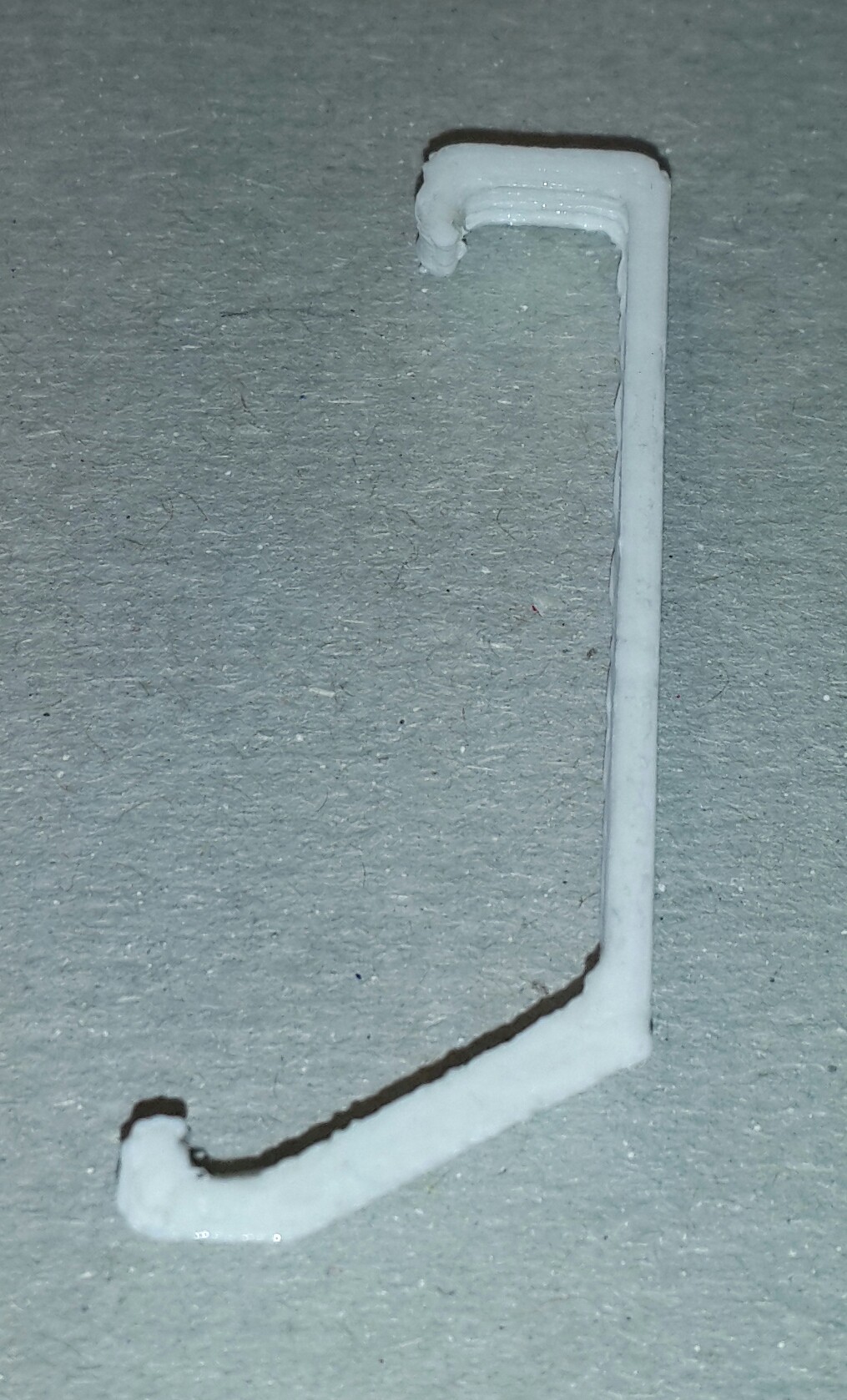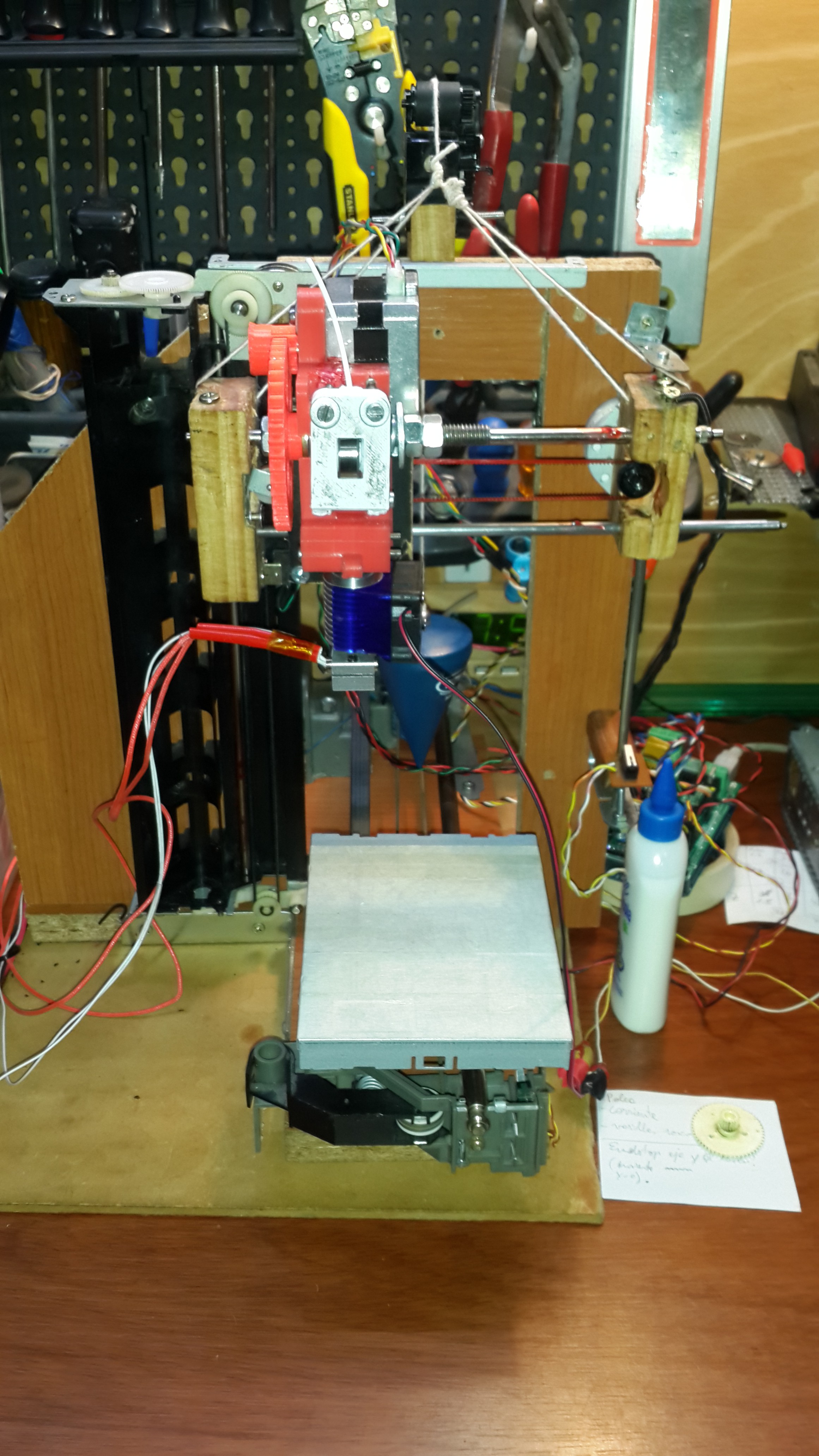Goals:
- Free (or at least really cheap)
- Easy
- Available
- Open source
- Automate: the instruments used have QR code which is scanned when used and reported to the printer queue, so a replacement can be printed and keep stock stable
- Usable (with real application)
Steps:
- design the instrument with 3d software
- build 3d printer with scrap parts (i think i can build it only buying the hot end. I already have a semiworking machine that i will be testing as plotter soon, if it works i'll start adding the hot end, extruder, hot bed and all the 3d print related elements).
- print an actual instrument like a retractor
- test it in real life application (i.e. surgery)
- enjoy Nobel prize =P
 leandro
leandro




This is an exciting concept. Dentistry uses plastic instruments and devices for specific applications.